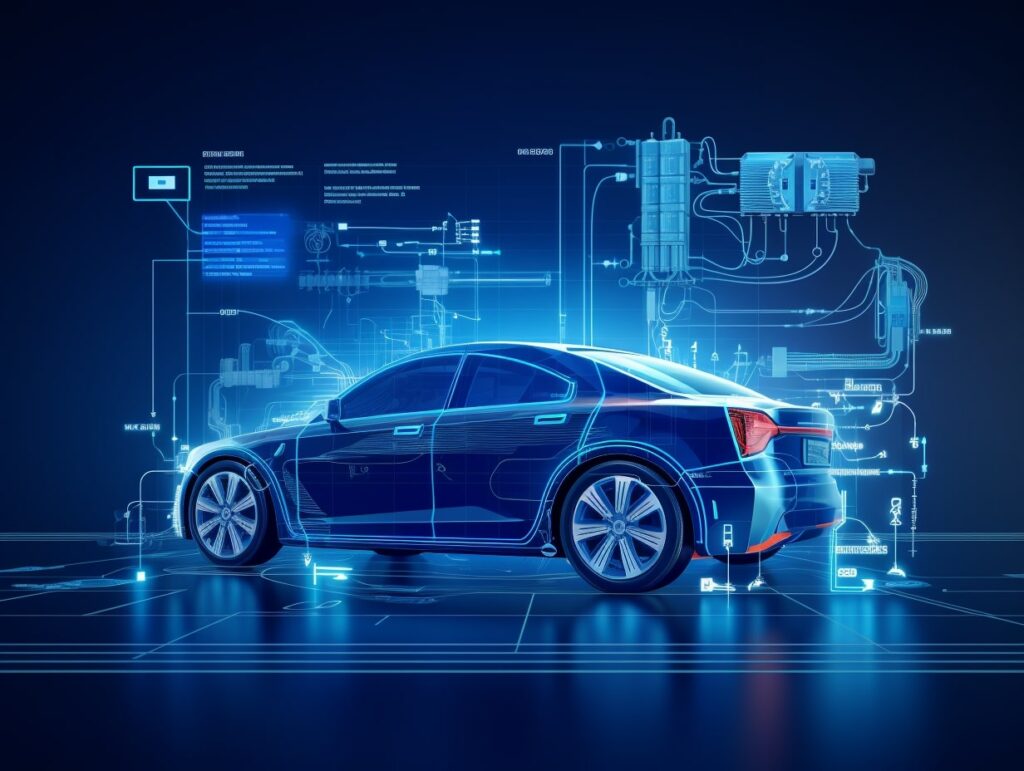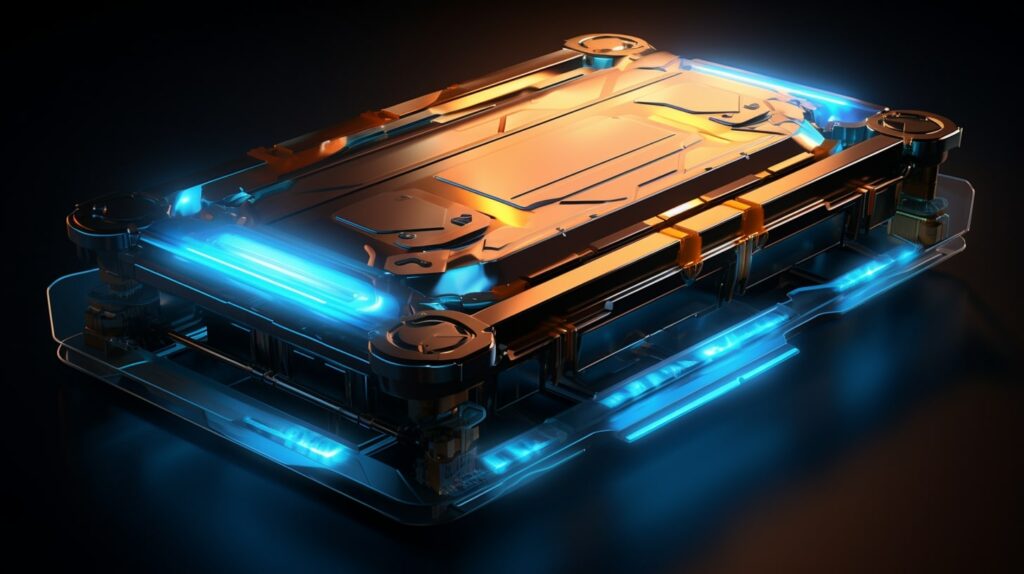It is crucial to follow the best charging practices to ensure that electric vehicle (EV) batteries last long and perform optimally. These practices increase battery lifespan and improve efficiency and driving range. Unfortunately, many EV owners unknowingly make mistakes that negatively impact their battery health and performance. This article will explore the importance of adhering to EV battery charging best practices and highlight the need to avoid these common mistakes. By understanding these pitfalls and implementing the recommended strategies, EV owners can maximize their battery’s potential and enhance their driving experience.
1st Mistake: Charging Electric Vehicles to Extreme Levels
When it comes to electric vehicles (EVs), maximizing battery life and performance is crucial for a cost-effective and sustainable ownership experience. One of EV owners’ primary mistakes is charging their vehicles to extreme levels, which can significantly impact battery health.
Avoiding Overcharging the Battery
Overcharging an EV battery can lead to accelerated degradation and reduced capacity. Fortunately, most modern EVs have sophisticated battery management systems that help prevent overcharging by tapering off the charging rate as the battery approaches full capacity. However, it’s still important to unplug your EV once fully charged, especially if you’re using a third-party charger or an older model that might not have the latest charging control features.

Preventing Deep Discharge Situations
Deep discharges in an EV battery should be avoided whenever possible. Allowing an EV battery to discharge extremely low levels can strain its cells and impact its overall capacity. To prevent this, aim to recharge your EV when it reaches around 20-30% battery level. Modern EVs often provide alerts or notifications to remind you to charge, ensuring you maintain a healthy charge level and extend your battery’s lifespan.
2nd Mistake: Ignoring Temperature Considerations for EV Charging
Temperature management is paramount when it comes to EV battery health. Extreme temperatures, whether hot or cold, can significantly impact battery performance and longevity.
High temperatures can cause thermal stress and accelerate chemical reactions within the battery, leading to capacity loss and a shorter overall lifespan. Conversely, freezing temperatures can increase internal resistance and reduce the battery’s ability to provide power effectively. Charging an EV battery in extremely cold conditions can lead to slower charging rates and reduced regenerative braking efficiency.
To mitigate the effects of temperature on your EV’s battery, park it in shaded areas on hot days and avoid leaving it exposed to direct sunlight for extended periods. In cold weather, consider using your EV’s pre-conditioning features to warm up the battery before charging, as this can improve charging efficiency and battery performance. Similarly, if you’re charging in cold conditions, try to ensure the charging station is in a relatively warm environment.
3rd Mistake: Incorrect Charging Speed and Rates for EVs
Maintaining the health of an electric vehicle’s battery hinges on observing optimal charging practices. A key consideration is the impact of fast charging on battery health. While fast charging facilitates quick recharges and can be incredibly convenient, it generates increased battery heat, which accelerates degradation over time. This is primarily due to the high charging currents which produce extra heat, thereby causing a gradual capacity loss.

As for the optimal charging speeds for different scenarios, utilizing standard or home chargers for daily charging proves to be beneficial. These chargers supplies a gentler current to the battery, which minimizes heat buildup and thereby promotes healthier long-term battery life. Fast charging ideally should be used sparingly, perhaps reserved for longer journeys or situations where a quick charge is imperative.
4th Mistake: Neglecting Plug and Cable Maintenance
Even the best charging practices won’t yield optimal results if you overlook the maintenance of charging plugs and cables.
Regularly inspecting charging plugs and cables is essential to identify signs of wear, damage, or fraying. Damaged components can lead to inefficient charging, overheating, and safety hazards. A quick visual check before each charging session can help prevent these issues.
Keeping plugs and connectors clean from dirt and debris helps maintain good electrical contact. Wipe down the plugs and connectors periodically to prevent any buildup hindering proper charging.
5th Mistake: Disregarding Battery Management Systems (BMS)
Battery Management Systems (BMS) are crucial components in electric vehicles that significantly maintain battery health and performance.
BMS ensures that individual cells within the battery are balanced, preventing overcharging or undercharging specific cells. It also monitors temperature and voltage levels to protect the battery from dangerous conditions.

Modern electric vehicles rely on advanced BMS technology to manage and optimize charging. Instead of micromanaging charging yourself, it’s best to trust the BMS to make informed decisions about charging rates and balancing.
6th Mistake: Ignoring Software Updates and Firmware
Staying up-to-date with software updates and firmware is crucial for optimal charging performance.
Manufacturers often release updates that improve charging efficiency, battery management, and overall performance. These updates might include enhancements to the BMS, charging algorithms, and energy management systems.
Manufacturers also provide guidelines on charging practices and software updates. Adhering to these recommendations ensures you’re optimizing your charging process. Regularly check for updates and implement them according to the manufacturer’s instructions to maximize your EV’s charging efficiency and battery life.
Additional Tips and Best Practices
Establishing a consistent charging routine is essential for maximizing the health and lifespan of your electric vehicle (EV) battery. Here are some additional tips to enhance your charging practices:
Balanced Charging: Occasionally perform a full 100% charge to help the battery management system recalibrate and maintain accurate state of charge (SoC) readings. However, avoid doing this frequently as it can contribute to long-term degradation.
Avoid Rapid Charging Right After Long Drives: If you’ve just completed a long trip and your battery is relatively warm, consider waiting a short while before initiating a rapid charging session. Allowing the battery to cool slightly can help prevent excessive heat buildup during charging.
Optimize Preconditioning: Use your EV with pre-conditioning features strategically. Pre-conditioning the battery while still connected to the charger can help the battery reach an optimal temperature before you start driving.
Explore Regenerative Braking: If your EV has regenerative braking, use it to your advantage. Regenerative braking can help recover energy and extend your driving range.
Monitoring Charging and Battery Conditions through EV Apps or Tools
Modern EVs often have dedicated apps or tools that provide insights into charging and battery conditions.
State of Charge (SoC): Use your EV app to monitor the state of charge. This can help you plan charging stops during longer trips and avoid overcharging.
Charging Efficiency: Some apps display charging efficiency metrics. Monitor these to gauge the health of your battery over time.
Battery Health Indicators: Many EV apps offer information on battery health, including estimates of battery capacity over time. Keeping an eye on this data can help you track any potential decline in battery performance.
Charging History: Review your charging history to understand your charging patterns and see if there are areas where you can optimize your routine.
Conclusion
Following the right way of charging electric vehicle (EV) batteries is essential to keep them healthy and ensure optimal performance. In this article, we’ve discussed common mistakes and provided strategies to avoid them. By following these practices, you can enjoy a long-lasting battery life, improved efficiency, and a smooth driving experience. As the electric vehicle industry progresses, it becomes even more crucial to adopt these charging best practices to take advantage of this eco-friendly mode of transportation.
Frequently Asked Questions
How long do electric vehicle (EV) batteries typically last?
EV battery lifespan varies depending on battery chemistry, usage patterns, and maintenance. Generally, modern EV batteries can last around 8 to 15 years or more, with degradation leading to reduced capacity over time.
Can I overcharge an electric vehicle battery?
Most modern EVs have built-in Battery Management Systems (BMS) that regulate charging and prevent overcharging. However, it’s advisable to unplug the vehicle once fully charged to avoid unnecessary strain on the battery and maximize its long-term health.
What’s the impact of temperature on EV battery performance?
Extreme temperatures can affect an EV battery’s performance and lifespan. High temperatures can accelerate degradation, while cold temperatures can reduce charging efficiency. It’s recommended to avoid exposing your EV to extreme heat or cold and use pre-conditioning features in severe conditions.
Is fast charging harmful to EV batteries?
Fast charging can generate heat and stress the battery, potentially accelerating degradation. While occasional fast charging is fine, regular dependence on it can impact battery health. It’s best to use fast charging for specific needs, such as long trips, and rely on standard charging for daily use.
Can I replace an EV battery if it degrades significantly?
Yes, battery replacement is possible, but it’s essential to consider the cost and feasibility. Battery replacement costs can be substantial, depending on the model and manufacturer. Regular maintenance and following optimal charging practices can help prolong battery life and delay the need for replacement.




